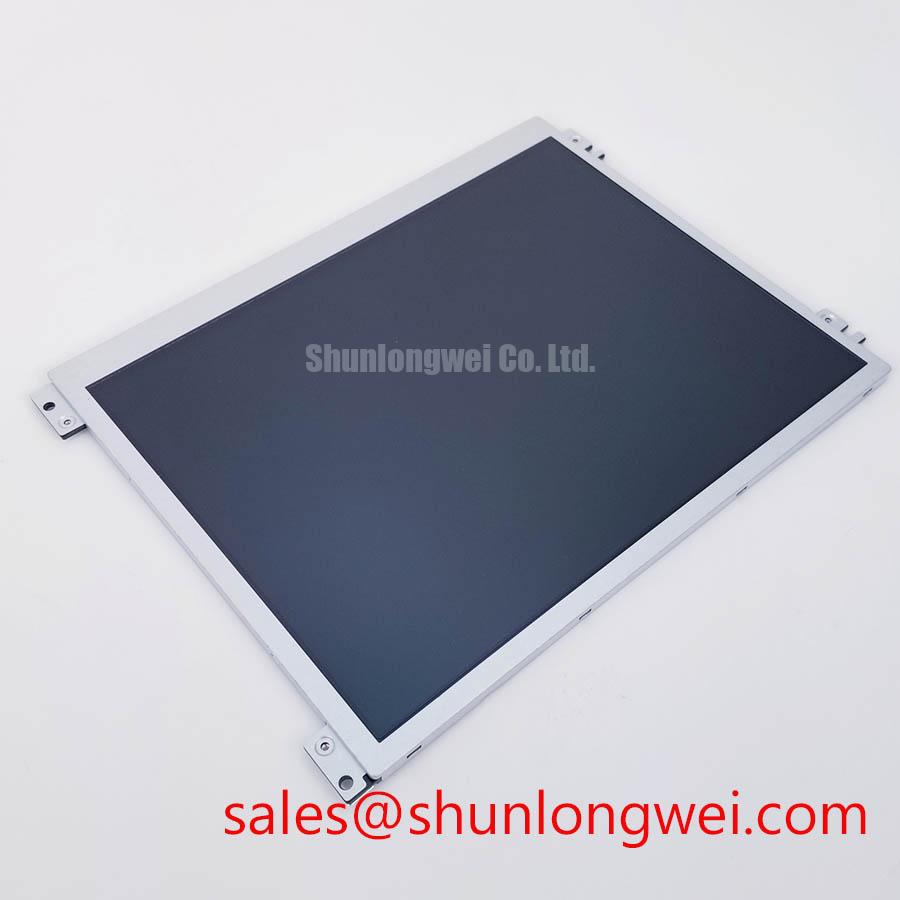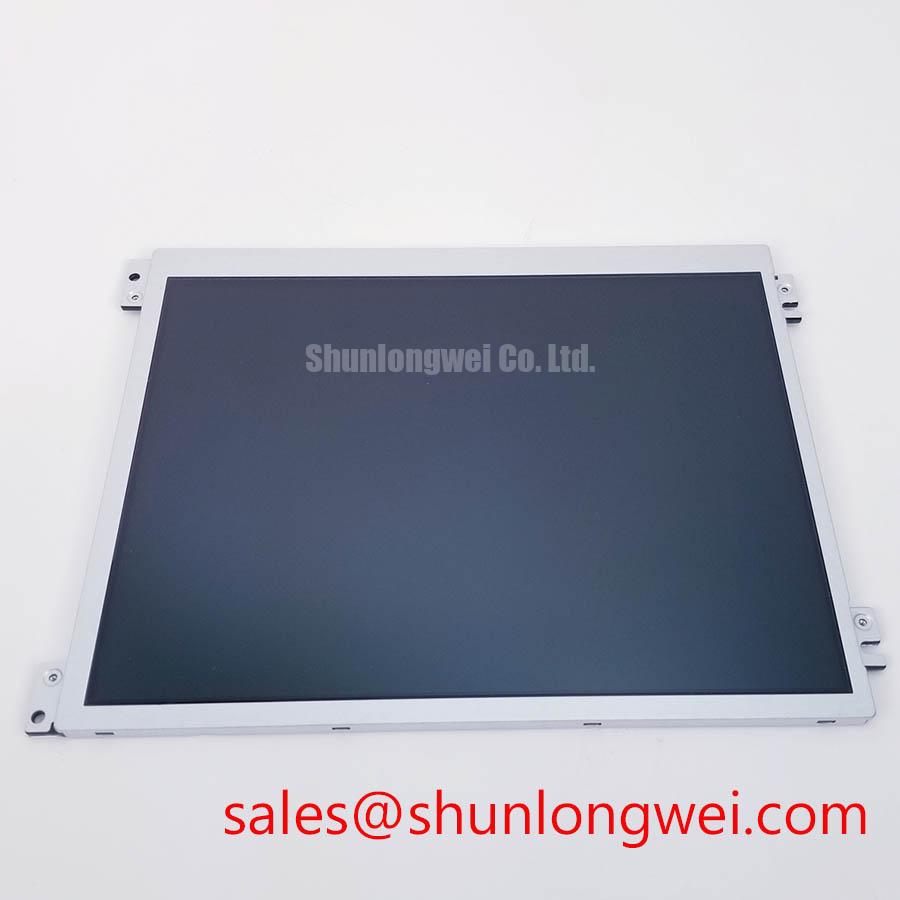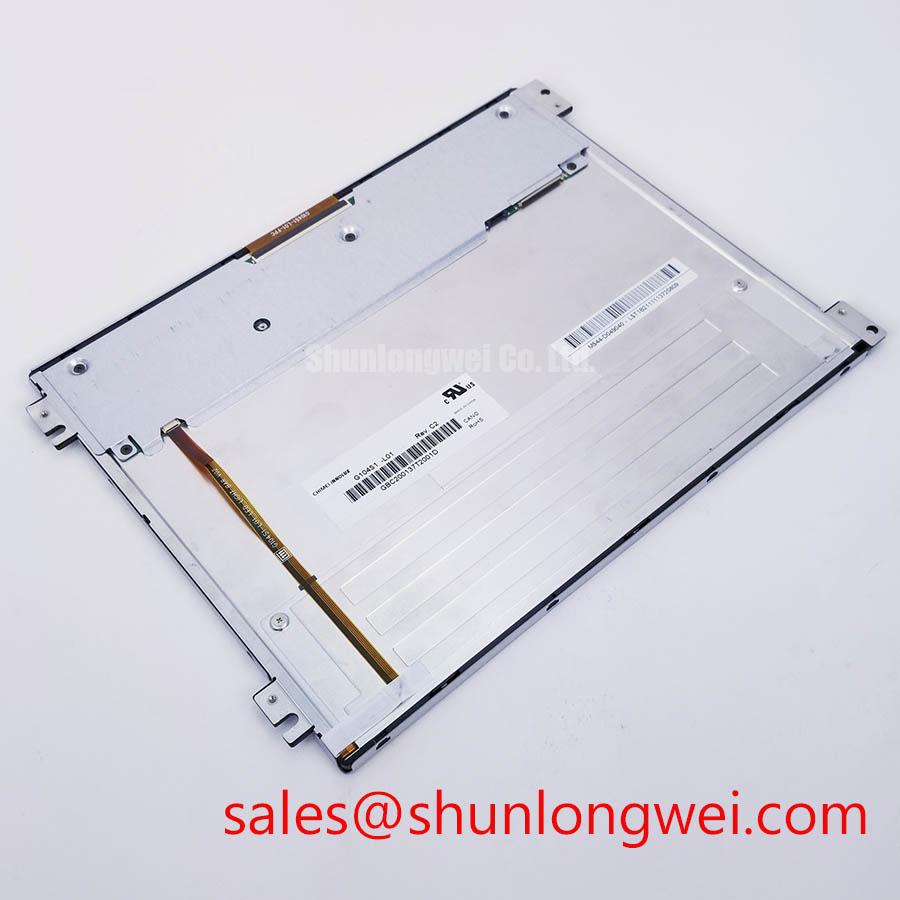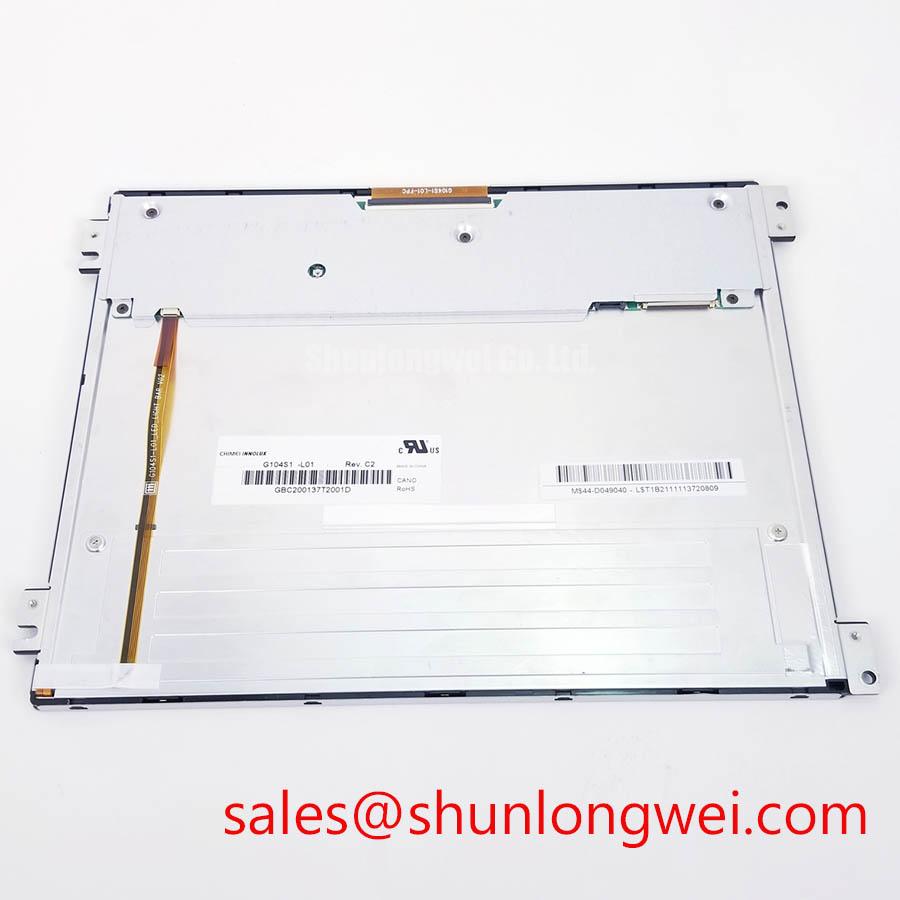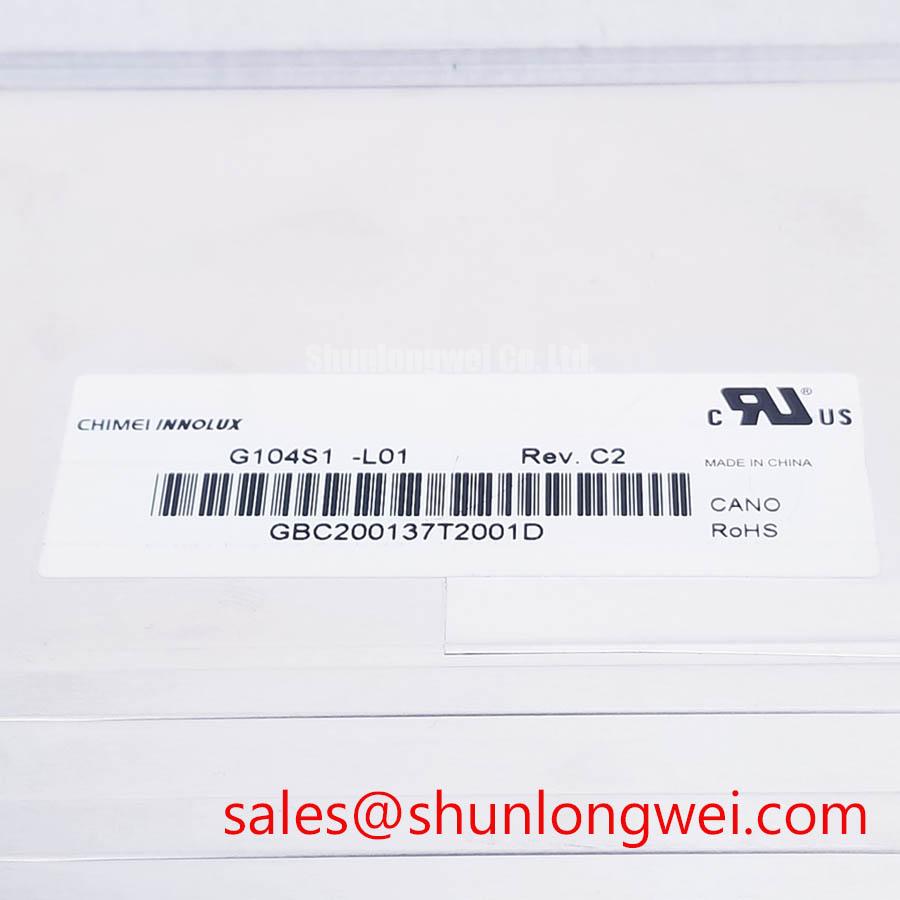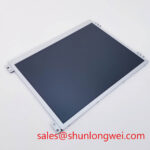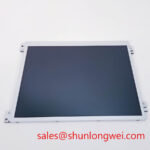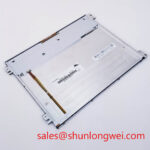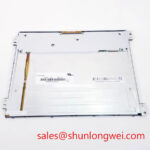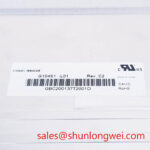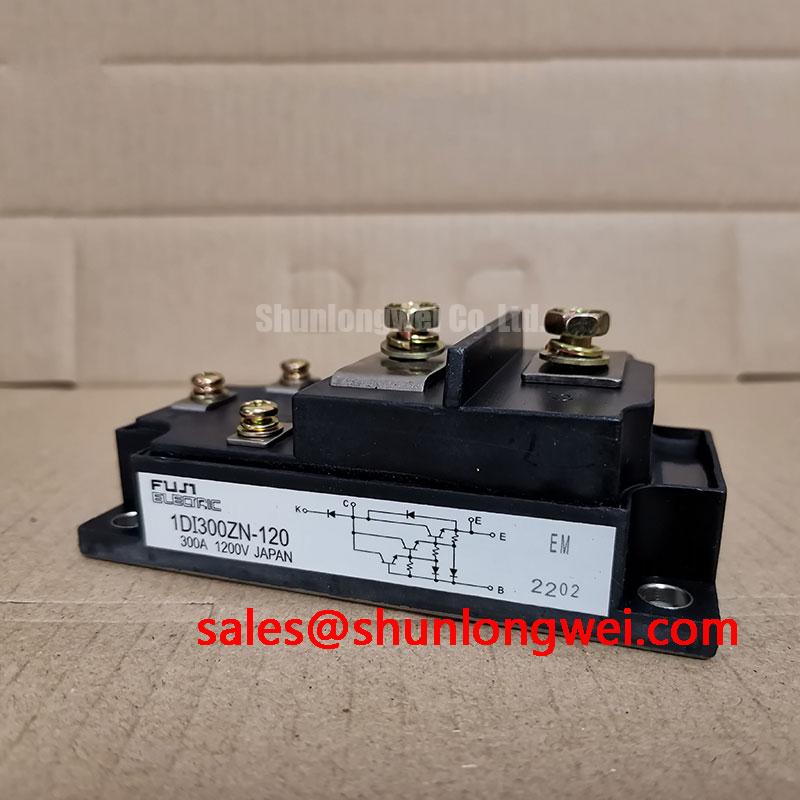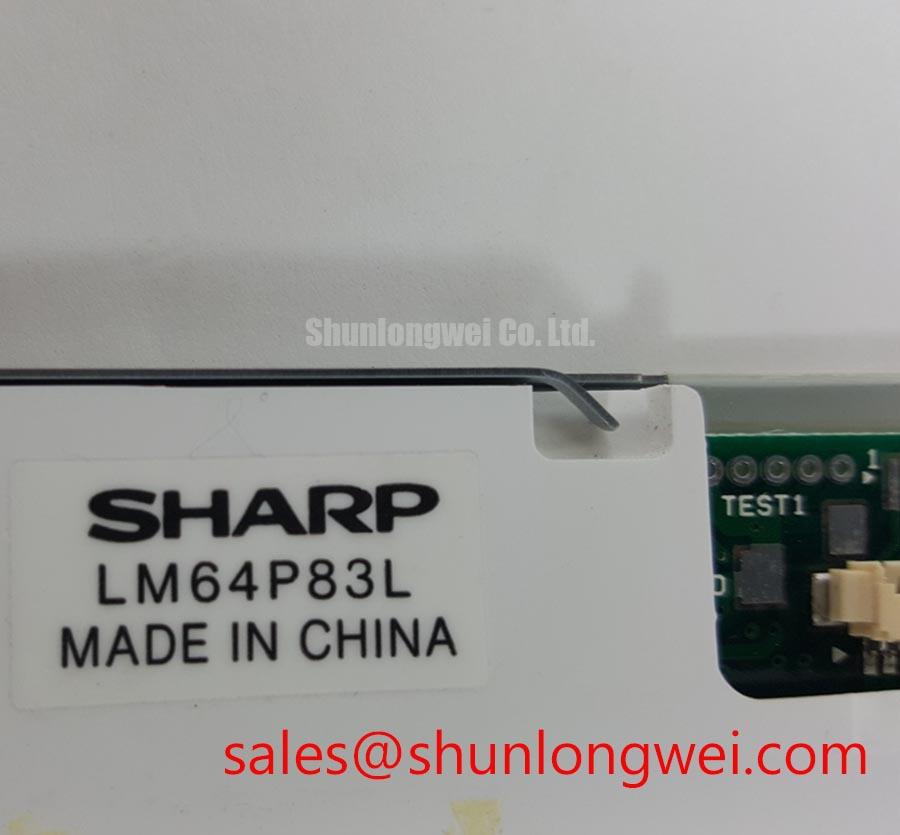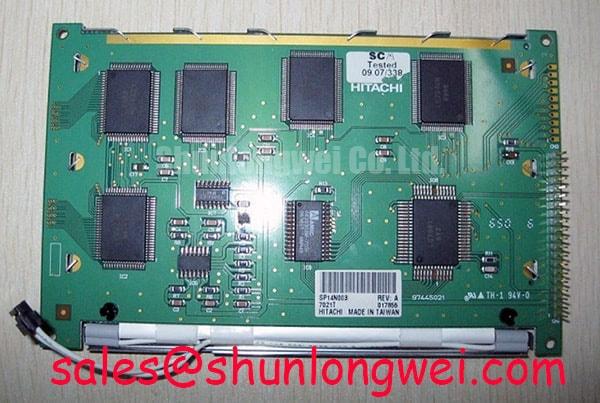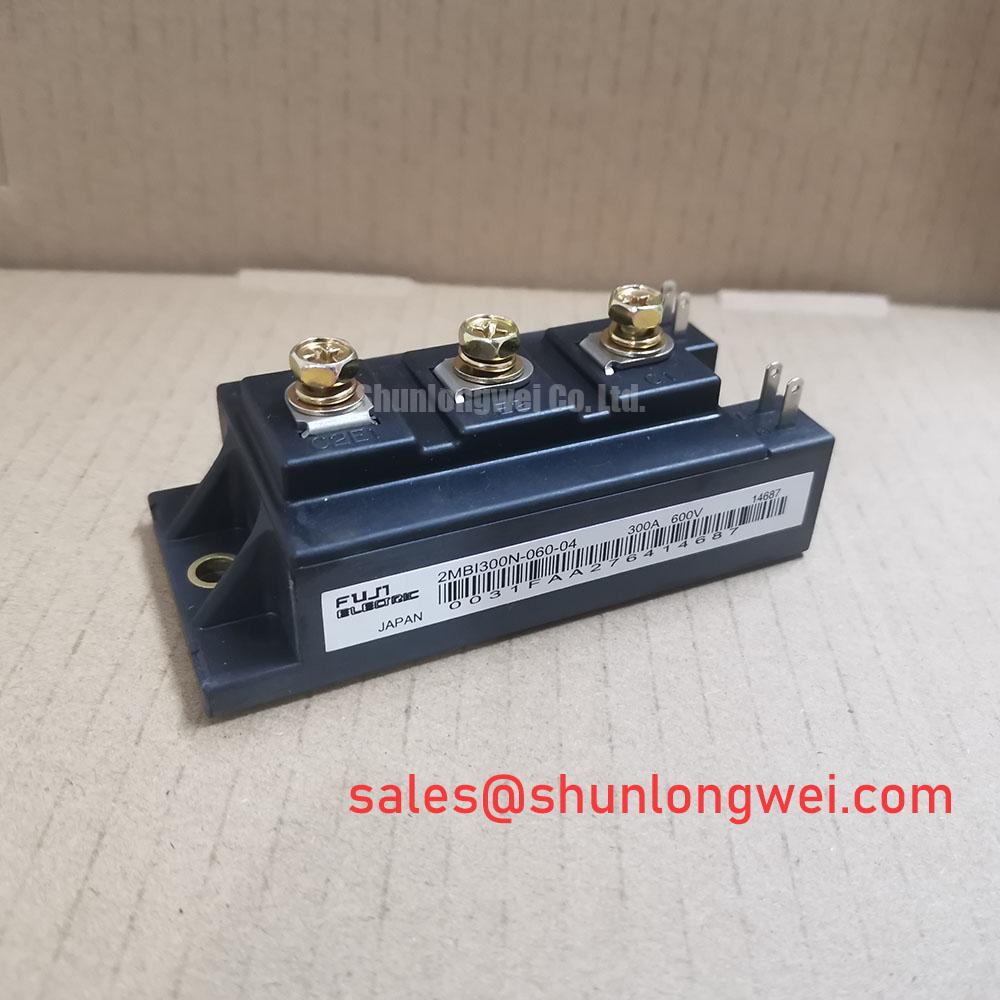G104S1-L01: A Robust 10.4-inch SVGA Display Engineered for Demanding Industrial Environments
An Engineering-Focused Overview of the G104S1-L01 TFT-LCD Module
Content last revised on October 8, 2025.
This technical brief provides an engineering analysis of the G104S1-L01, a 10.4-inch SVGA TFT-LCD module. Its design prioritizes operational stability and visual performance under harsh environmental conditions. Key specifications include: 800x600 SVGA | -30°C to +80°C Operating Temperature | 400 cd/m² Brightness | 5G Vibration Resistance. The primary engineering benefits are unfailing performance in extreme temperatures and enhanced durability in high-vibration settings. This module directly addresses the need for a reliable human-machine interface (HMI) display in mobile, outdoor, or factory-floor applications where standard displays would fail. For industrial systems requiring a resilient SVGA display that can withstand significant thermal and mechanical stress, the G104S1-L01 presents a well-documented solution.
Key Parameter Overview
Decoding the Specifications for Environmental and Mechanical Reliability
The G104S1-L01's specifications are tailored for industrial applications where environmental factors are a primary design constraint. The parameters below highlight its suitability for integration into robust systems.
| Parameter Category | Specification | Engineering Value |
|---|---|---|
| Display Characteristics | 10.4-inch a-Si TFT-LCD, 800(RGB) x 600 [SVGA] | Provides a standard, widely supported resolution for clear rendering of industrial control interfaces and monitoring data. |
| Optical Performance | Brightness: 400 cd/m² | Contrast Ratio: 700:1 | Ensures solid readability in typical indoor industrial lighting conditions, a crucial factor for operator accuracy and safety. |
| Viewing Angle | 80/80/70/70 (L/R/U/D) | Offers wide viewing angles, allowing for flexible mounting positions and clear visibility for multiple operators without color distortion. |
| Backlight System | WLED, 50,000-hour lifetime, with driver included | Reduces total cost of ownership (TCO) by providing a long-lasting, reliable light source that minimizes maintenance cycles. What is the benefit of a 50,000-hour backlight? A significantly extended operational life, reducing maintenance costs. |
| Environmental Tolerance | Operating Temp: -30 ~ 80 °C | Storage Temp: -30 ~ 80 °C | Its wide operating temperature range is a critical feature, enabling deployment in unheated outdoor enclosures or near heat-generating machinery without performance degradation. |
| Mechanical Robustness | Vibration Resistance: 5.0G (49.0 m/s²) | Engineered to withstand significant mechanical stress, making it a prime candidate for HMIs in transportation, construction vehicles, and heavy industrial machinery. |
| Interface | LVDS (1 ch, 6-bit), 20-pin Connector | Utilizes a standard LVDS Interface, simplifying integration with a wide range of industrial single-board computers and display controllers. |
Download the G104S1-L01 datasheet for detailed specifications and performance curves.
Application Scenarios & Value
System-Level Benefits in High-Stress Operational Environments
The G104S1-L01 is best suited for applications where display failure due to environmental stress is a primary concern. Its specifications directly address common engineering challenges in industrial system design.
A high-fidelity engineering scenario is the development of an HMI panel for an agricultural combine harvester. The system designer faces two major challenges: constant, high-amplitude vibration from the engine and field terrain, and extreme temperature fluctuations from pre-dawn starts to high-noon sun exposure. A standard commercial display would quickly fail due to connector fretting, backlight flickering, or delamination. The G104S1-L01's documented 5G vibration resistance ensures the integrity of its internal components and connections, while its -30°C to +80°C operating range guarantees consistent performance, from cold starts to peak operational heat. By specifying this module, the engineer mitigates a key point of failure, leading to increased equipment uptime, reduced warranty claims, and enhanced operator trust. This focus on durability is a core element of designing reliable displays for heavy machinery.
While the 10.4-inch format is ideal for many control panels, for systems requiring a larger HMI with similar environmental resilience, the related G121S1-L01 offers a 12.1-inch diagonal with a comparable feature set.
Frequently Asked Questions (FAQ)
Technical Inquiries for System Integration
How does the specified 5.0G vibration resistance translate to real-world application reliability?
The 5.0G (49.0 m/s²) rating indicates the module has been tested to withstand sustained sinusoidal vibrations without physical damage or operational failure. In practice, this means it can be confidently deployed in environments like CNC machining centers, mobile equipment control cabins, or shipboard navigation systems where constant mechanical shock and vibration are present. This specification directly reduces the risk of intermittent display connections or premature backlight failure, which are common issues in less robust designs.
What is the lifespan of the G104S1-L01's WLED backlight, and what does this mean for long-term deployment?
The WLED backlight is rated for a 50,000-hour lifetime. This is typically defined as the time until the brightness falls to 50% of its initial value. For an application running 24/7, this translates to over 5.7 years of continuous operation. In a more typical 8-hour workday scenario, the theoretical lifespan extends well beyond a decade. This longevity is a key factor in minimizing the total cost of ownership (TCO) by drastically reducing the need for maintenance and replacement parts over the life of the host equipment.
Technical Deep Dive
An Analysis of the Mechanical Design for Thermal and Vibrational Integrity
The G104S1-L01's performance in extreme environments is not accidental; it is a direct result of its mechanical and structural engineering. The ability to operate from -30°C to +80°C is particularly challenging for a multi-layered component like a TFT-LCD. Different materials expand and contract at different rates with temperature changes—a phenomenon known as the coefficient of thermal expansion (CTE). The design must accommodate the CTE mismatch between the glass substrate, the metal chassis, the plastic light guide, and the printed circuit boards. The G104S1-L01 likely employs specialized mounting techniques and forgiving materials that allow for microscopic movement without inducing stress that could lead to cracks or delamination. Think of this internal design like the expansion joints on a bridge; they provide a controlled space for materials to shift with temperature, preventing catastrophic structural failure. This same design philosophy contributes to its vibration resistance, ensuring that internal components remain securely seated and electrically connected, even under constant mechanical stress.
Application Vignette
Integrating the G104S1-L01 into a Forklift Fleet Management System
The Challenge: An engineer is tasked with developing a ruggedized terminal for a fleet of warehouse forklifts. The terminals must endure constant vibration from travel over uneven concrete floors, shock from minor impacts, and the temperature extremes of loading docks that open to outdoor weather, from freezing winters to hot summers.
The Solution: The engineer specifies the G104S1-L01 as the core display component. Its compact 10.4-inch size is suitable for the vehicle's cabin, while its key specifications directly address the environmental challenges. The 5G vibration tolerance handles the mechanical stress from forklift operation, preventing common failures like flickering or dead pixels. The wide -30°C to +80°C operating temperature range ensures the HMI remains functional and readable whether the forklift is operating in a refrigerated section or on a sun-baked loading dock.
System-Level Benefit: By integrating a display purpose-built for these conditions, the final product exhibits significantly higher Mean Time Between Failures (MTBF). This translates to a more reliable fleet management system, reduced vehicle downtime for terminal repair, and lower long-term maintenance costs for the end-user. The display's consistent readability, backed by its 400-nit brightness and 700:1 contrast ratio, also enhances operator efficiency and reduces errors in inventory management tasks, providing a clear return on investment. This aligns with the principles of selecting components from reputable industrial manufacturers like AUO, where reliability is a key design criterion.
Engineering Evaluation
Final Assessment for Design-In Consideration
For engineers designing systems where operational reliability in the face of thermal and mechanical stress is a non-negotiable requirement, the G104S1-L01 warrants serious consideration. Its combination of a wide operating temperature range, robust vibration resistance, and a long-life backlight system provides a solid foundation for building durable industrial HMIs, control panels, and monitoring equipment. A detailed review of the G104S1-L01's performance data and mechanical drawings is a critical next step in the design validation process for any demanding application.

